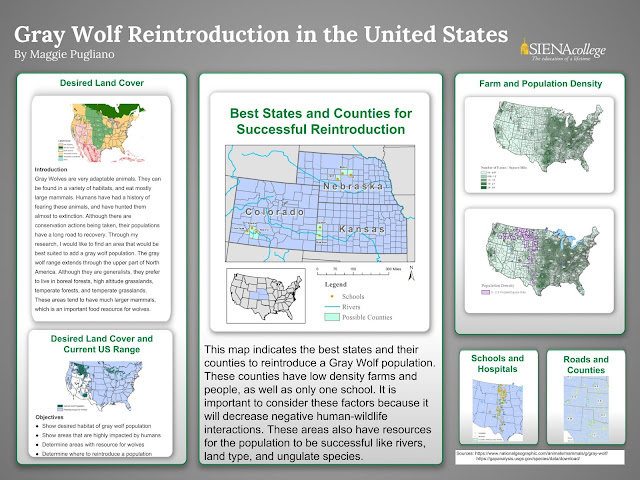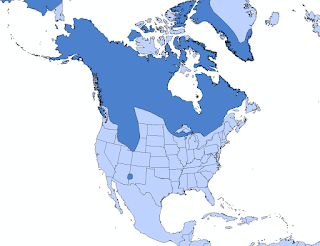I have started adding layers. I have added hospitals, schools, and cities in each county for New York State. I am looking at farm and population density per square mile to determine candidates for the wolf population. So far, I have found that Queens (4), Bronx (1), New York (0), Kings (1), Hamilton (20) have the lowest number of farms. Their farm density per square mile is also low (0.0-0.026). These counties are in purple. Essex (243), Warren (86), Westchester (106), Rockland (21), Nassau (59), Richmond (14) are next, with a farm density per square mile of 0.027-0.21. These counties are labeled in red. Franklin (604), Fulton (222), Greene (286), Ulster (501), Sullivan (323), Putnam (72), and Suffolk (585) have a farm density of 0.22-0.43 and are in yellow




